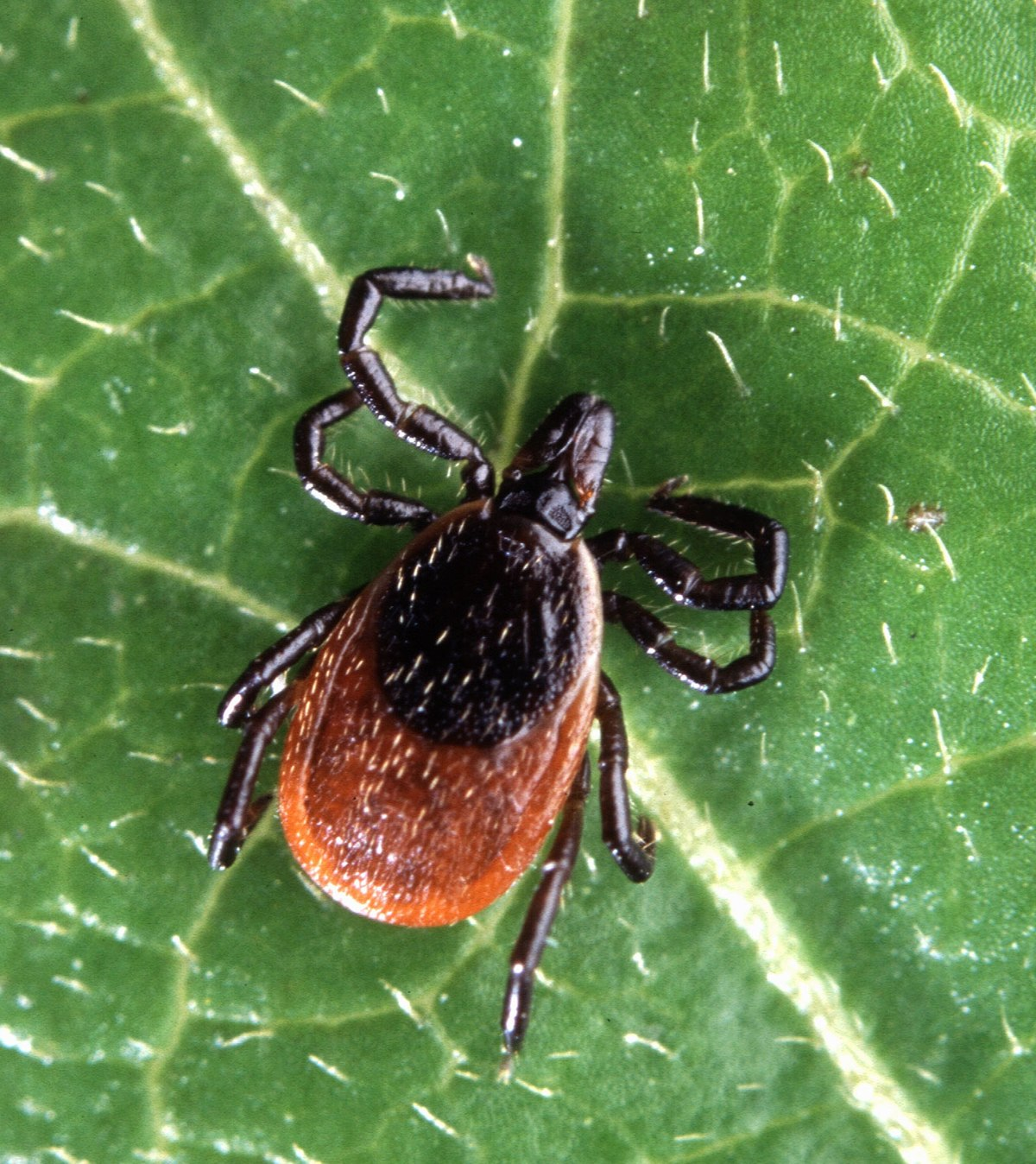Lyme Disease in Dogs

Oliver Organista, LA Lyme disease is triggered by the bacterium Borrelia burgdorferi, which belongs to the spirochete class, characterized by its worm-like, spiral shape within the genus Borrelia. This bacterium is spread to both dogs and humans through the bite of an infected black legged tick, also known as the deer tick (Ixodes scapularis). The lifecycle of the I. scapularis tick occurs at various times throughout the year, influenced by geographic location, which in turn affects the timing of Lyme disease transmission. This disease is predominantly found in certain regions, including southern New England, the eastern Mid-Atlantic, the upper Midwest (notably Wisconsin and Minnesota), and parts of the West Coast such as northern California in the United States. Lyme disease is also encountered in Europe and Asia. Typical habitats for these ticks include forests, grassy areas, wooded and marshy zones near bodies of water, and secluded or rural parts of homes and buildings. In Canada, Lyme disease can be spread by two types of black legged ticks: Ixodes scapularis and Ixodes pacificus. Dogs are most often bitten by adult I. scapularis ticks, which are particularly active during the cooler months of early spring and late fall. It is rare for a female tick to pass B. burgdorferi directly to her offspring. Ticks generally acquire the infection during their juvenile stages after feeding on an infected wildlife host, typically rodents. Since ticks feed only once at each life stage, the bacterium’s next chance to spread occurs with the tick’s subsequent blood meal in its next developmental stage. Clinical symptoms Symptoms of Lyme disease typically emerge several months after infection, often between two to five months post-exposure. The clinical presentation of Lyme disease can closely resemble that of anaplasmosis, as both diseases share similar symptoms and occur in similar regions of the country. The most common indicators of Lyme disease in dogs include: Lameness: One of the hallmark signs of Lyme disease is the inability to properly use one or more limbs, often due to pain. Swollen lymph nodes: The swelling of lymph nodes, located in areas such as the neck, chest, armpits, groin, and behind the knees, often signals an immune response to the infection. Joint swelling: Dogs may show signs of swollen joints, which can lead to stiff movements or reluctance to be touched, indicative of discomfort. Fatigue: Affected dogs may display flu-like symptoms, including a noticeable decrease in energy and increased lethargy. Loss of appetite: A reduction in eating habits, particularly if it results in weight loss, can be a symptom of Lyme disease. Fever: A fever is another possible symptom that can accompany the other signs mentioned. In some uncommon instances, untreated Lyme disease can lead to serious complications involving the kidneys, nervous system, and heart. Kidney involvement is the second most frequent severe manifestation of Lyme disease in dogs and often proves to be fatal. Cases involving the nervous system may present with facial paralysis and seizures. Heart-related complications, while rarer, have also been documented. Diagnosis To diagnose Lyme disease in dogs, serologic assays are the most widely used methods. While some laboratories continue to utilize traditional approaches like the whole-cell enzyme-linked immunosorbent assay (ELISA) , the immunofluorescence assay (IFA), and rapid tests. These tests identify the presence of antibodies against specific proteins of B. burgdorferi, offering a simple yes/no result regarding the dog’s serology status. Treatment Treatment is advised for dogs that test positive for Lyme disease and show clinical symptoms, as well as for asymptomatic dogs that have signs of protein-losing nephropathy. The antibiotics doxycycline and minocycline are the primary medications used, administered at a dose of 10mg/kg orally every 12 to 24 hours for 30 days. Amoxicillin and erythromycin are alternative antibiotic options. Additionally, a non-steroidal anti-inflammatory drug (NSAID), such as carprofen or deracoxib, may be prescribed to manage symptoms. Prevention To safeguard against Lyme disease, the most effective approach is the consistent use of tick-prevention products throughout the year. There are numerous commercial options available for controlling ticks on both dogs and cats, such as systemic treatments (like isoxazolines), topical applications (such as permethrin and fipronil), and tick-preventive collars. Vaccination also serves as an effective means of protection. Additionally, limiting exposure to tick-infested areas and practicing caution in environments known to harbor ticks are important preventive strategies. References 2. Lyme Disease in Dogs: Signs and Prevention, Kathryn E. Reif, MSPH, PhD.,April 2020, https://todaysveterinarypractice.com/parasitology/lyme-disease/ 3. Lyme Disease, IPAC (https://ipac-canada.org/lyme-disease.php) 4. Littman MP, Gerber B, Goldstein RE, et al. ACVIM consensus update on Lyme borreliosis in dogs and cats. J Vet Intern Med 2018;32(3):887-903. 5. Mullegger RR. Dermatological manifestations of Lyme borreliosis. Eur J Dermatol. 2004 Sep-Oct;14(5):296-309. PMID: 15358567



